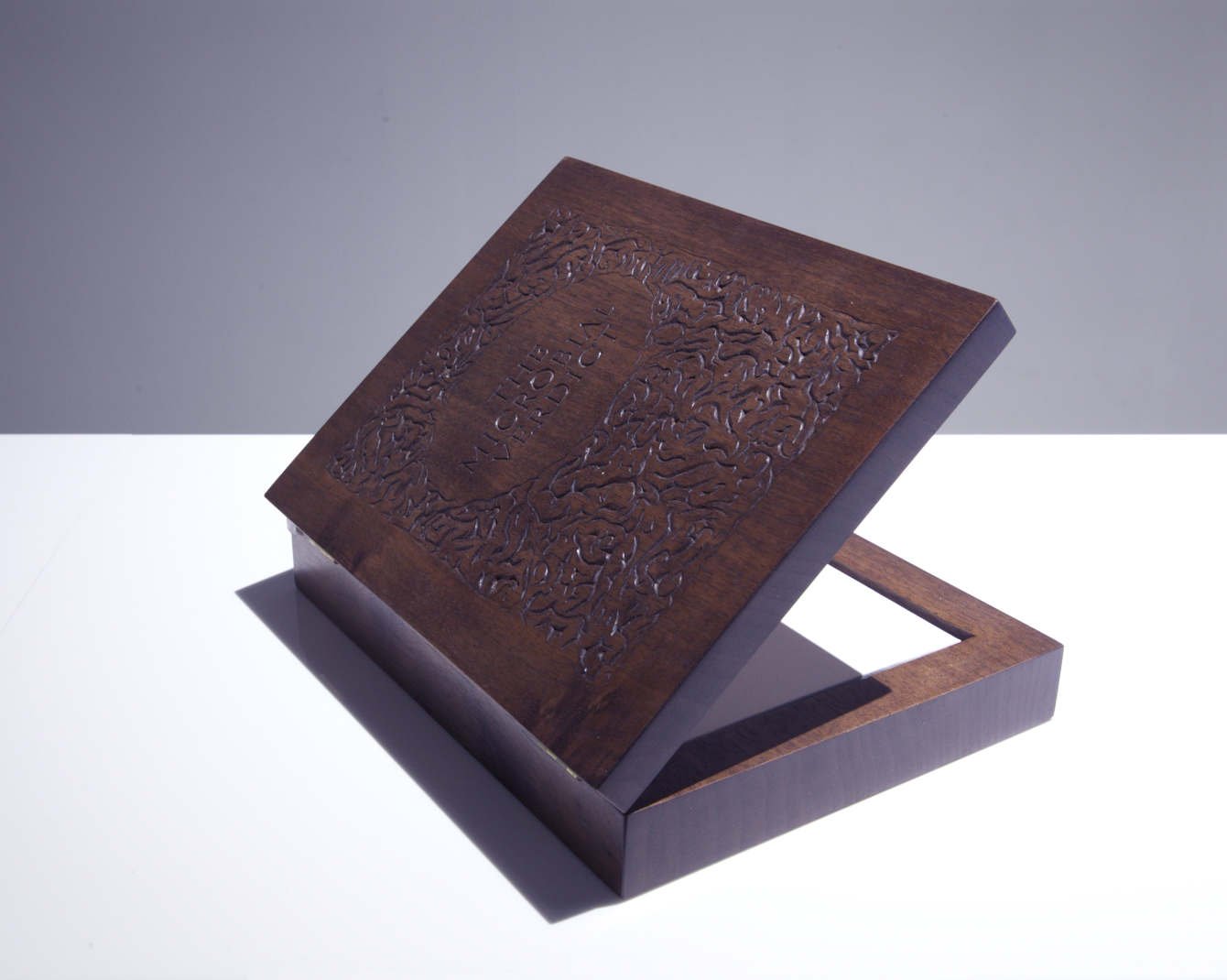Speculative design
Stimulating imaginative and critical thought about how things are, how they could be, and how we want them to be.
My role
Designer, Writer, Producer, and Filmmaker
My goal
Follow where my creativity takes me
Outcome
Exhibitions in New York, London, Berlin and Seoul
The process
Each project is born out of a personal connection with the subject matter. I then use research, scriptwriting, experimentation, and production to bring the project to life.
Personal connection
Each project starts with a personal connection to the subject matter. Starting points for my projects include:
dementia,
happiness,
depression,
anger,
and shame.
Research
My research methods include:
interviews,
surveys,
and reading scientific research.
Ideation
The research often sparks an idea. I’ll then develop the narrative or concept. This often involves writing a short film. Shout out to two of my favourite people to make films with:
Experimentation
Apparently, there are 100 ways to skin a cat. I wouldn’t know. But I do know there are 100 ways to tell a story. So experimenting with finding the right medium for each project is important. Projects have involved:
3D-printed objects,
books,
wood carvings,
blown glass,
metal work,
printmaking,
and sculpture.
Production
The production process of any project usually involves:
collaborating with multiple people,
organising film shoots,
and editing and grading films.
On this page
I’m sharing two projects:
Project: The microbial verdict
This project presents a speculative scenario where synthetic biology allows all citizens to live until they die: people live only for as long as they remain ‘themselves’. Project details:
Commissioned by: Arebyte Gallery
Curated by: Nimrod Vardi
Funded by: Arts Council England & The Legacy List
Interviews: Aesthetica Magazine, Traction Magazine, CLOT magazine and Digicult about the project.
Awards: Winner of the Grand Prix Award at Transmission International Art Festival.
Personal connection
My grandma had dementia. My mum has a deep fear of developing dementia in the coming years.
Research
I came across a piece of research from scientists at Harvard, who discovered a protein that could tbe injested and it would track brain activity.
Ideation
I had the idea for this project while on a 10-day silent Vipassana retreat. If you’ve been on one of those retreats, you’ll know that you’re not allowed your phone, pens, paper, or any books. And you’re certainly not meant to be thinking of ideas for design projects! You’re meant to be observing the sensations in your body with total equanimity. But the idea came to me, and it was still there when I left the retreat.
The premise
The introduction of UK-wide policy means that each citizen has until their 65th birthday to define the 10 characteristics that make them ‘them’.
A protein pill is then synthetically engineered to track the activity in the brain that correlates to those characteristics.
When the protein recognises that the relevant brain activity has fallen below the specified level for the specified amount of time, the protein releases a toxin, and the person dies a quick and painless death.
The scenario
The scenario, with its possible motivations and consequences, is presented through film and objects. These include:
a film of the ceremony where a citizen swallows her engineered protein,
the Microbial Verdict Handbook, which citizens use to define their key characteristics,
and an official pamphlet outlining the benefits to the economy of this new policy in terms of reduced pension, NHS, and housing costs.
Actors in the exhibition space invite the public to undergo a series of exercises and questions to ascertain the characteristics which make them ‘them’.
Workshops
I ran some workshops, in partnership with AgeUK East London, during the exhibition at Arbeit gallery. These workshops were aimed at people over the age of 65, and issues relating to the project were discussed and debated.
The Microbial Verdict: You Live Until You Die

The exhibition at Arbeit gallery

An engraved wooden box to keep 'The Microbial Verdict Handbook' safe.

The synthetic protein in its box

Photo of an actor in the exhibition space, ready to guide visitors to discover the attributes that their protein would be programmed to track.
Project: Smile, the fiction has already begun
This project questions why we value happiness so much more than other emotions.
Interviews: We Make Money Not Art
Awards: shortlisted for Sustain RCA & Helen Hamlyn Design Awards
Personal connection
I’ve lived with depression for many years. And I practice buddhism. And I live in a world where happiness seems to be the goal, and is valued higher than all other emotions.
Research
The 2011 UN Resolution 65/309 encouraged all member states to measure happiness, and happiness was being positioned as a better measure of a nation’s success than GDP.
Ideation
The final version of the project was the third iteration of the idea. Previous iterations included a sculpture that my tutor at the RCA described as ‘schizophrenic’. (Which wasn’t very ‘constructive’ feedback!)
The premise
The pursuit of happiness is accepted as a good thing almost without question. But when our emotions become an indicator of government ’success’, where might this attempted control over our emotions end? And at what price?
The scenario
To climb up the Happiness Rankings from its 2014 position of number 22, the UK Government targets one of its least happy cities, Blackburn. A number of proposals are implemented to increase happiness in the city. These proposals include:
changing the name from Blackburn to Yellowburn,
tax benefits for people who smile and skip while outdoors,
black clothing is banned,
cats are fitted with a mechanism to wag their tails,
and a freephone ‘optimism helpline’.
Smile, The Fiction Has Already Begun

Smile, the fiction has already begun: in exhibition at the RCA

Close up of a 3d-printed cat and a document titled 'Yellowburn Investment Opportunities'

The cat with an automated wagging tail